In the face of a major crisis, choosing where to ride out turmoil can mean the difference between hardship and resilience. Here are 9 of the best places to be in the U.S. if society breaks down, selected for their self-reliant communities, access to fresh water, and landscapes that support security and food production.
These locations serve as templates for emergency planning, but personal needs and skill sets should guide the final choice. Consider factors such as distance from urban centers, ease of access to medical care, and community preparedness strategies. Mapping out supply routes, learning local foraging methods, and building networks with nearby residents add resilience to any plan.
Ready to secure your place of refuge? Review the details for each option, assess your resources, and start preparations to ensure readiness if and when disruptions occur.
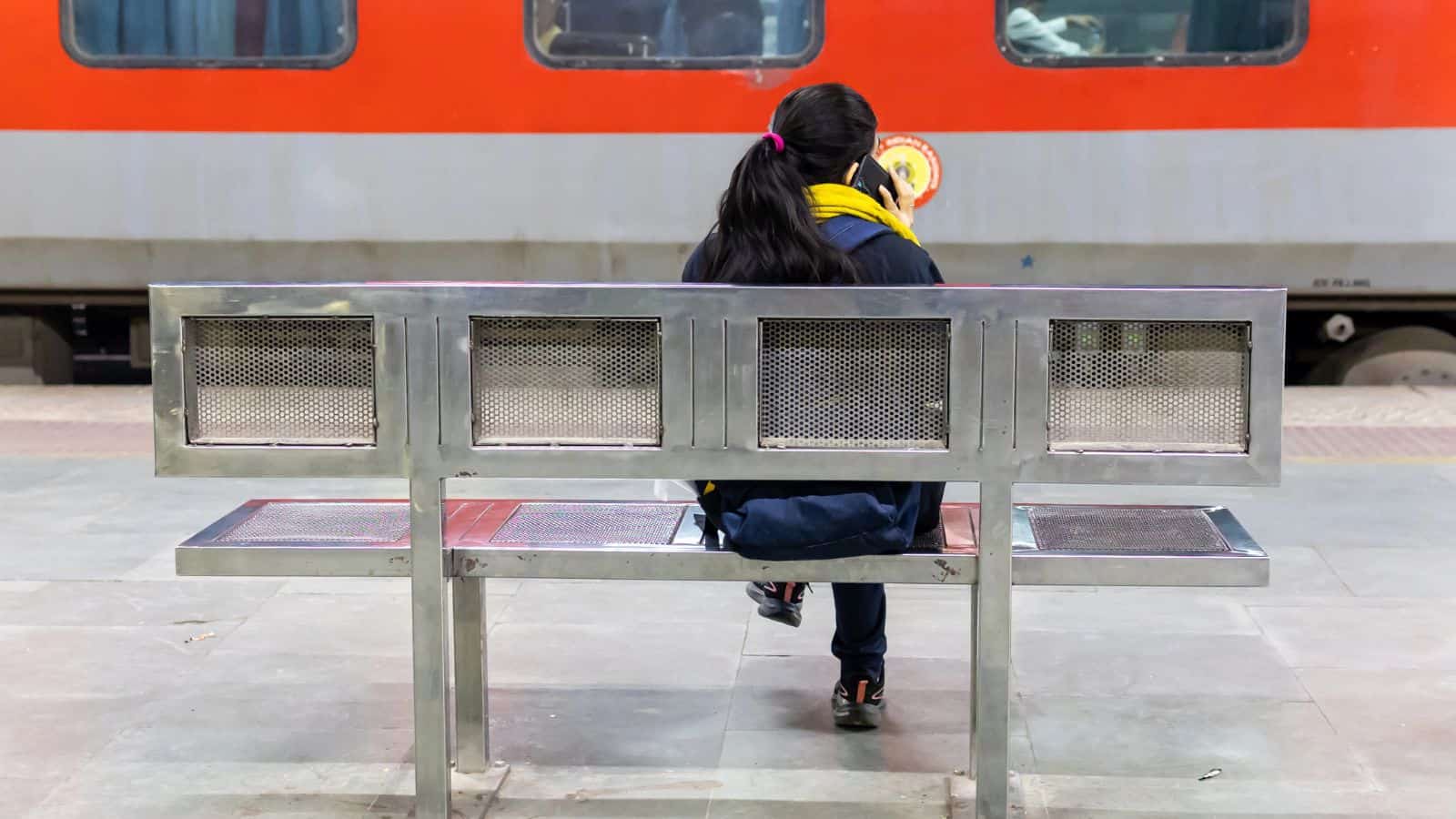
Sandpoint, Idaho

Sandpoint is tucked in northern Idaho near Lake Pend Oreille and surrounded by the Selkirk Mountains. It has abundant freshwater sources, fertile land for growing food, and access to dense forests for fuel and shelter. The town supports a strong local farming network and a population used to rural living. Its distance from major metro areas makes it less vulnerable to chaos in larger cities. Many residents already grow their own food or participate in barter systems. Sandpoint’s combination of self-sufficiency, natural resources, and tight-knit community values make it a smart place for long-term sustainability and reduced outside dependence.
Ozark Mountains, Arkansas/Missouri

The Ozarks cover a wide swath of southern Missouri and northern Arkansas, with remote hills, caves, springs, and forested land. Historically home to self-reliant families, the region still holds a strong culture of bartering, farming, and hunting. Water sources are plentiful, the terrain makes it difficult for outsiders to navigate, and the growing season is long enough to support year-round living with planning. People here know how to repair, build, and grow without relying on outside supply chains. If society fractured, the Ozarks’ isolation, resources, and community knowledge would make it one of the most resilient regions in the country.
Appalachian Mountains, West Virginia

The Appalachians in West Virginia are steep, rugged, and covered with dense forest. This area has been home to generations of subsistence farmers and hunters, with strong traditions around self-reliance and passed-down knowledge. You’ll find freshwater creeks, edible plants, and animals that support off-grid life. The region’s geography naturally limits access, and locals tend to be wary of outsiders. Many families still rely on gardens, livestock, and wood heat. Whether tucked in a holler or high on a ridge, survival in the Appalachians depends less on technology and more on skills that have been used for hundreds of years.
The Kenai Peninsula, Alaska
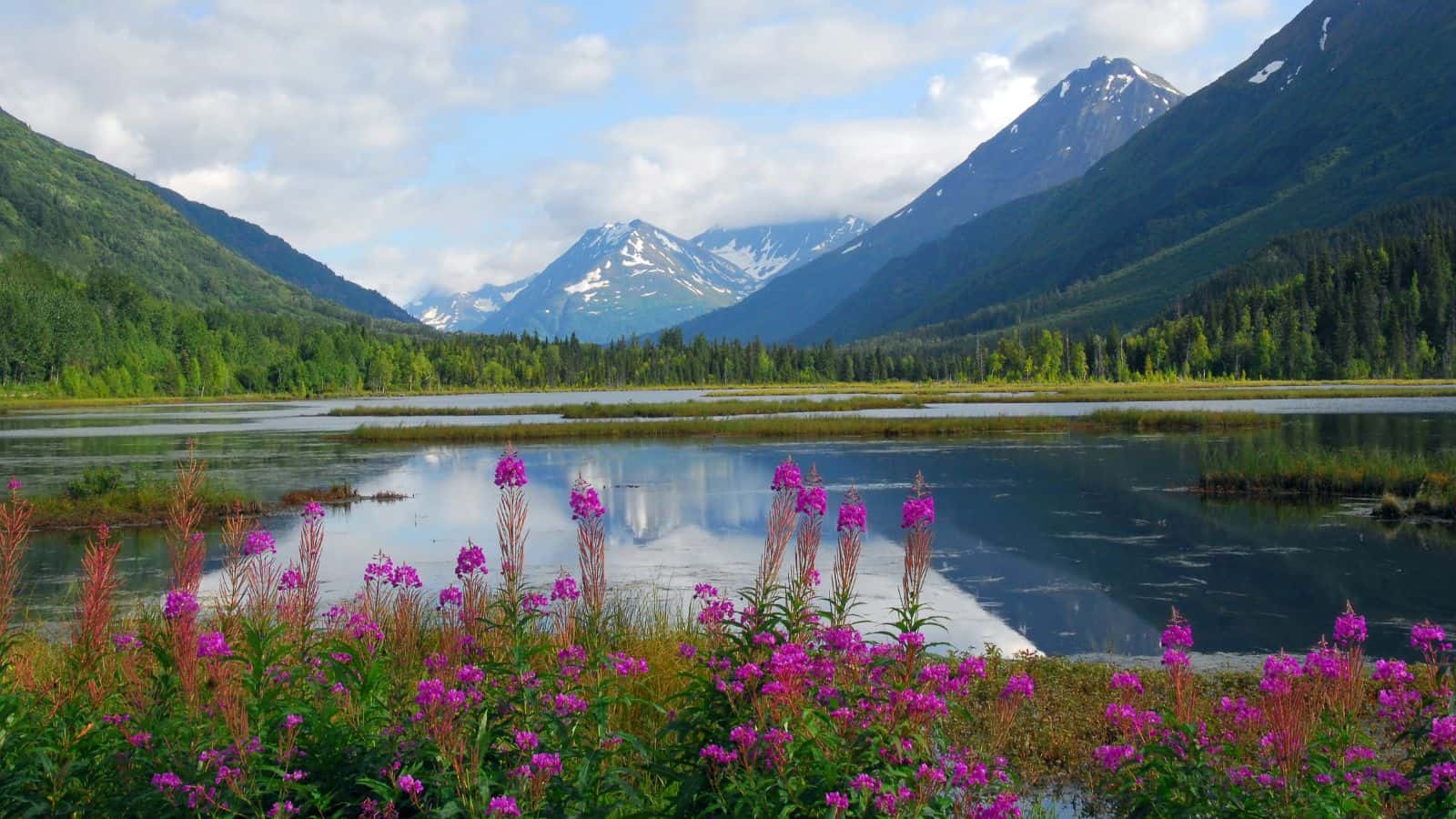
Located south of Anchorage, the Kenai Peninsula is cold much of the year, but it has unmatched access to fish, wild game, clean rivers, and forests. It’s home to some of the last remaining people living off the land in the U.S., with cabins heated by firewood and food caught or grown seasonally. The area is remote but not entirely cut off, giving access to tools and fuel when needed. The land supports moose, bears, and rich salmon streams. For those who know how to hunt, fish, trap, and build, the Kenai is a rugged but resource-rich place to survive.
The Bitterroot Valley, Montana
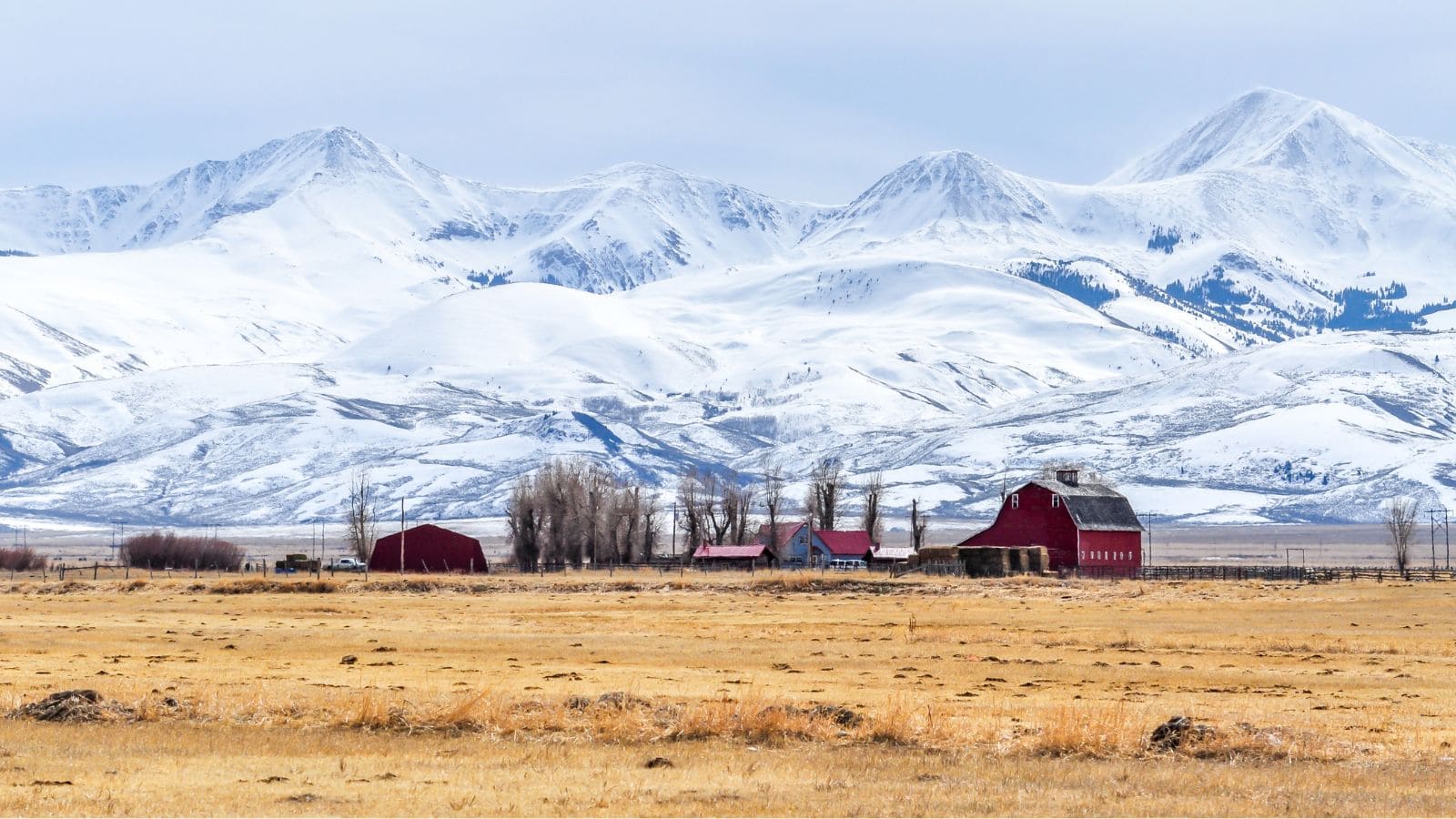
The Bitterroot Valley stretches between mountain ranges in western Montana, creating a natural shelter with a strong agricultural foundation. The valley has access to water from the Bitterroot River, good sunlight for crops, and defensible terrain that’s difficult to approach without being noticed. Ranchers, homesteaders, and back-to-the-land families already live here with skills for off-grid survival. Its small towns are community-oriented and used to seasonal challenges. You’ll find people raising animals, growing food, and preparing for long winters. If the modern grid collapsed, the Bitterroot’s geography and lifestyle would support a return to slower, localized ways of meeting daily needs.
Driggs, Idaho
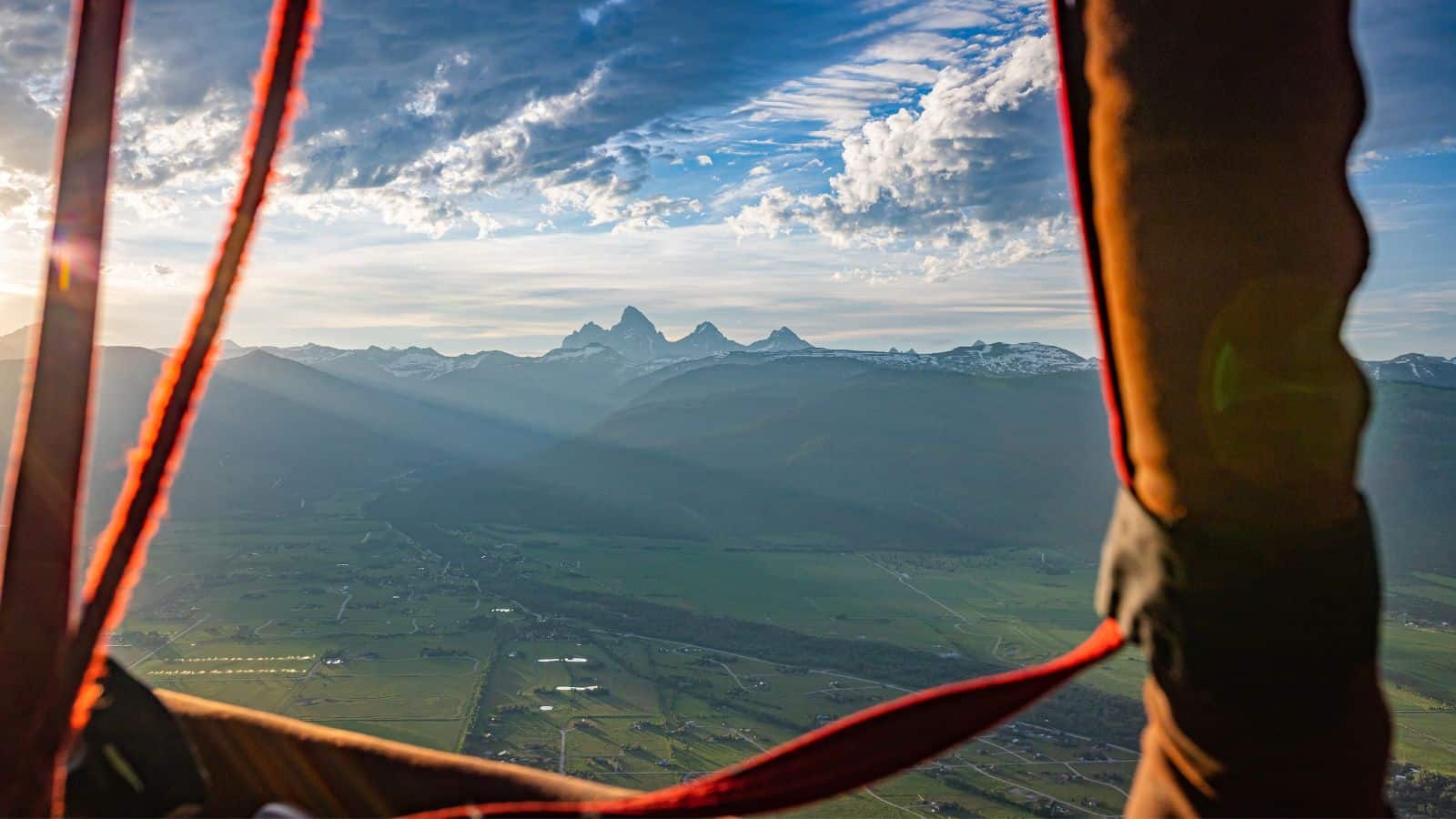
Want to save this?
Driggs sits quietly on the western edge of the Teton Mountains, away from busy cities but surrounded by fertile farmland and clean mountain air. The area’s agricultural roots go back generations, with families raising livestock, growing vegetables, and storing food through harsh winters. Nearby forests and rivers give access to game and water, while the surrounding peaks make the town feel protected. Driggs has a small but resourceful population that values independence and cooperation. It’s far enough from urban sprawl to stay quiet in a crisis, yet connected enough to maintain trade or communication if needed for survival.
Taos, New Mexico
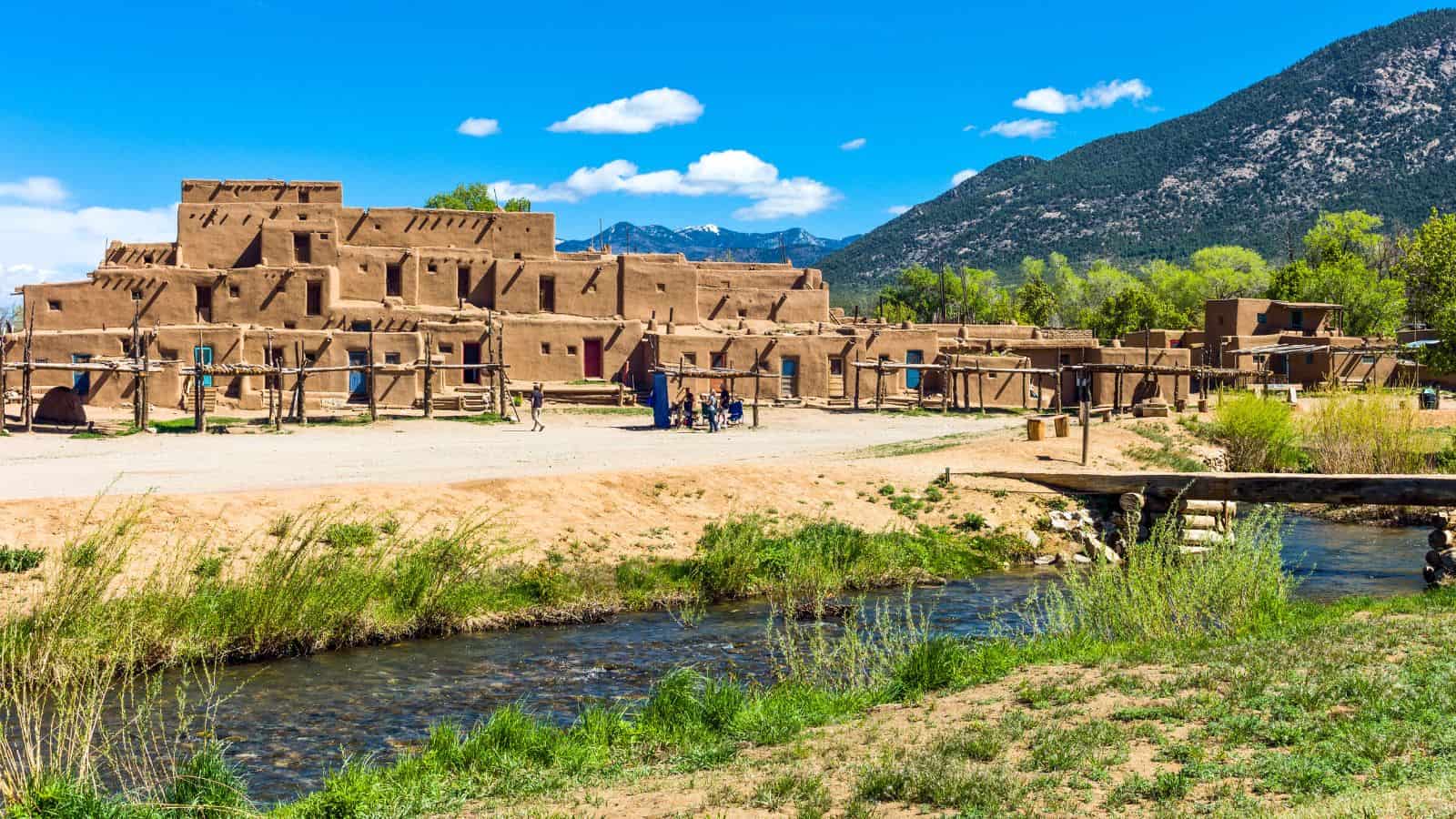
Taos has long drawn people interested in living outside the mainstream. Earthship homes, solar panels, adobe construction, and water collection systems aren’t a trend here—they’re the norm for many. Located in the high desert with access to mountains, Taos benefits from year-round sun and open land that supports passive heating and off-grid setups. The local community includes artists, builders, and long-term off-grid residents. Food is grown using permaculture and raised beds, and water is stored through catchment systems. If infrastructure failed, many homes in Taos would keep functioning thanks to the region’s focus on resilience and sustainable design.
Flagstaff, Arizona
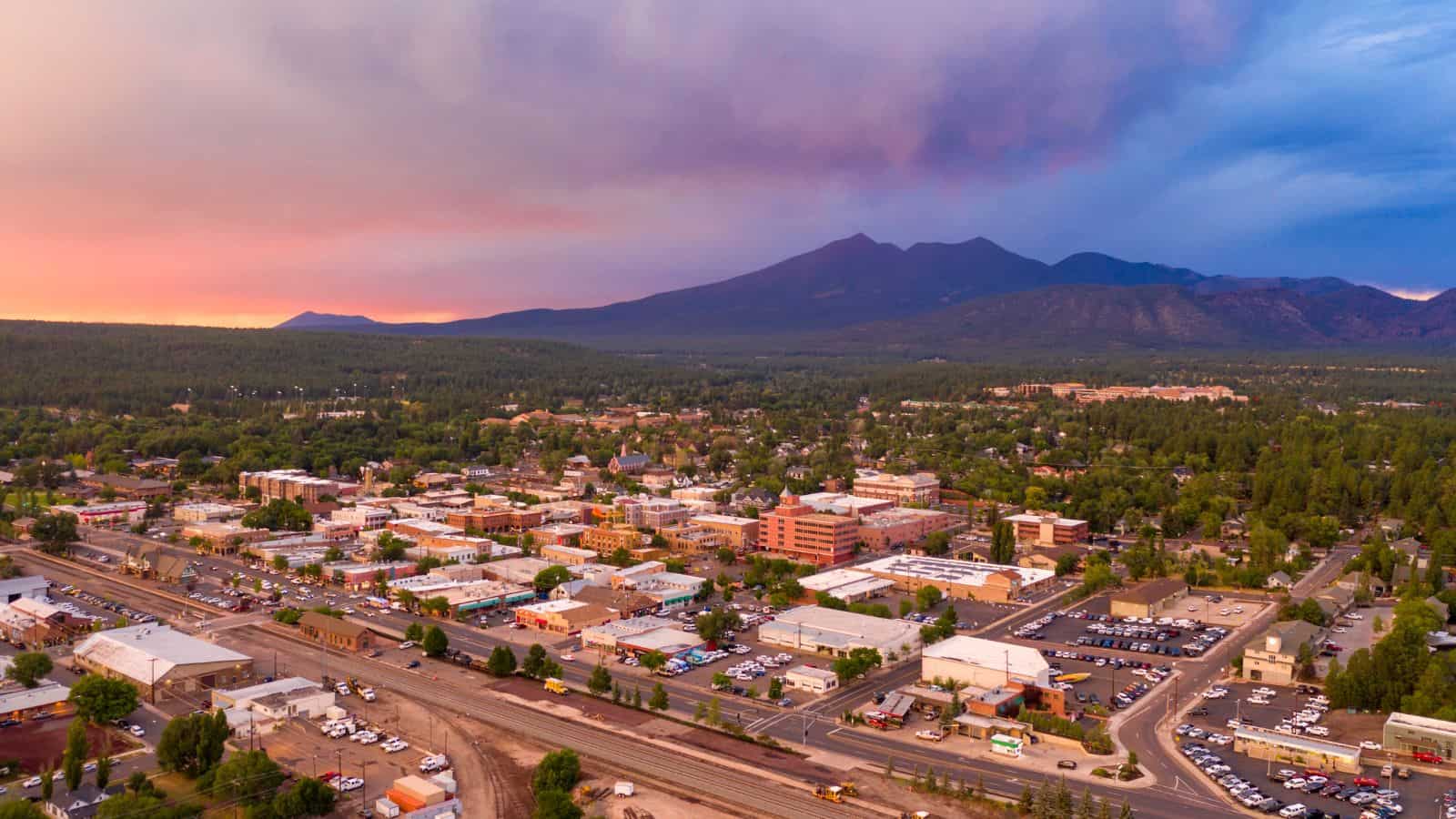
Flagstaff sits at 7,000 feet above sea level, giving it a cooler climate and access to forested land even in Arizona’s desert-heavy landscape. It’s surrounded by Ponderosa pines, volcanic soil, and natural water sources. Locals are used to outdoor living, gardening in short growing seasons, and navigating isolation during snow-heavy months. The town is big enough to support infrastructure but small enough to avoid major disruption in a larger collapse. Its distance from Phoenix and elevation make it safer from urban fallout. Flagstaff also draws people interested in minimalism, renewable energy, and skills-based living, making it a strong community in crisis.
North Cascades, Washington

The North Cascades are remote, thickly forested, and full of natural resources—rivers, mountains, fish, and dense cover. With limited road access and rugged terrain, the area naturally discourages outside traffic, making it easier to stay hidden or secure. The region has long supported homesteaders, foragers, and hunters who rely on the land instead of supply chains. Cabins tucked into the forest, gravity-fed water systems, and firewood heat are all part of daily life for many residents. If society broke down, those who know how to work with nature would find the Cascades more livable than many modern suburban areas.
A Final Word on Crisis Readiness

In uncertain times, location matters. The nine U.S. destinations highlighted here offer more than scenic beauty—they provide the tools for survival, self-reliance, and community strength. From fertile farmland to isolated mountain towns, these places support a lifestyle built on resourcefulness and resilience. But no location alone guarantees safety. True preparedness comes from aligning your skills, mindset, and connections with the environment you choose. Whether you're planning ahead or just exploring your options, now is the time to consider where you’d thrive if the grid went down. A well-chosen retreat, combined with thoughtful preparation, can turn chaos into a manageable challenge.
15 Most Chaotic Cities That Tourists Should Think Twice About

Which chaotic cities do you know about? Traveling to vibrant cities can be exciting, but there are 15 most chaotic cities that tourists should think twice about. These destinations are known for their overwhelming crowds, intense traffic, and a pace of life that can be disorienting for visitors. While they may offer unique experiences and attractions, the chaos can also lead to stress and frustration, making them less appealing for some travelers.
Read More Here: 15 Most Chaotic Cities That Tourists Should Think Twice About
Top 10 Shockingly Cheap Countries To Live In

Ever wondered which countries are budget-friendly to travel to? Living abroad doesn’t have to cost a fortune. In fact, some countries are so affordable that you might find yourself living better for less. Whether you’re dreaming of vibrant cities, laid-back beach towns, or scenic mountain retreats, there are places where life can be great without blowing through your budget.
Read More Here: Top 10 Shockingly Cheap Countries To Live In




